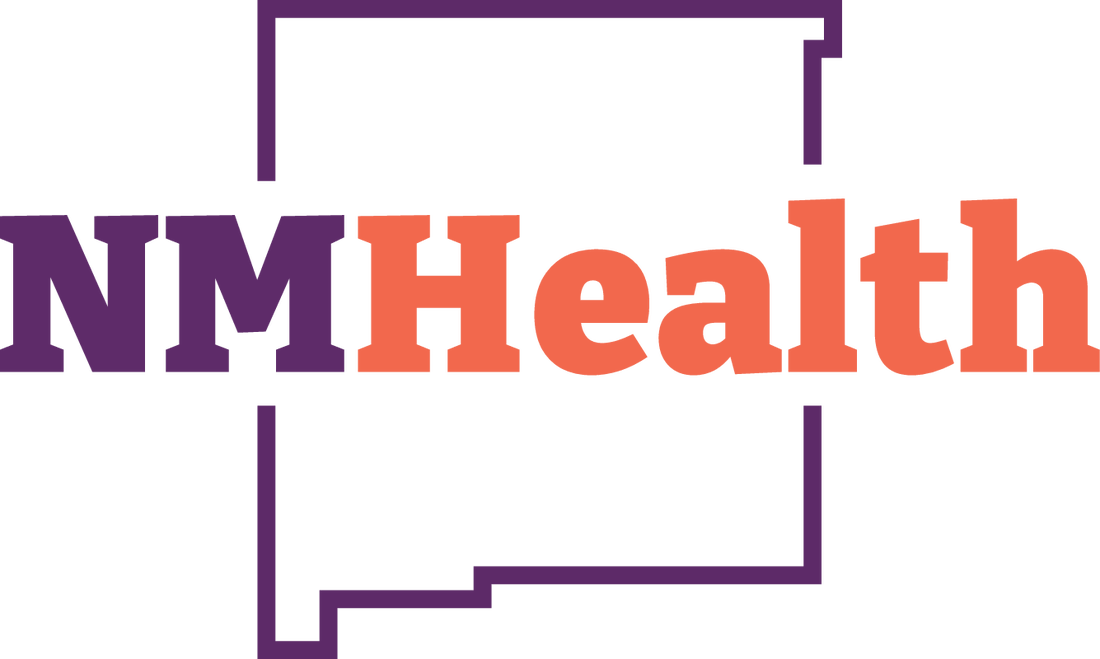Health Statistics
The state of New Mexico through the Department of Health and other of its state agencies use the birth and death certificate data for assessing health needs and identifying health disparities in the state. The data are used to develop, implement, and assess intervention strategies and effectiveness of programs in addressing public health issues in New Mexico.
Staff are responsible for generating and maintaining statistical data files and responding to public inquiries for aggregate data. The New Mexico Bureau of Vital Records and Health Statistics (VRHS) is the designated State Center of Health Statistics and provides data to the National Center for Health Statistics. The Birth and Death statistics provided in the Annual Reports are the official counts and rates for New Mexico.
These efforts are supported by the registration, training, correction, and amendment efforts of the records staff, who are responsible for the issuance of certified copies of vital records. The state office is supported by 26 local registrars throughout the state.
Frequently Asked Questions
Who uses the data?
VRHS provides data to approximately 350-500 requestors annually for public health projects from private industry and citizens, public agencies, legislators, and universities and others throughout New Mexico, the US and internationally. A partial list of VRHS data users include:
- National Center for Health Statistics
- Social Security Administration
- Secretary of State
- Developmental disabilities support division
- Drafting of legislation
- Dept. of Transportation, traffic accident death reporting
- New Mexico Tumor Registry
- National Violent Death Reporting system
- Drug Overdose Surveillance System
- University of New Mexico researchers
- Interstate record exchange files/reports
- Local and regional mortuaries and associations
- Consumer product safety commission
- Tribal authorities and epidemiologists
- CDC: 122 Cities Mortality Reporting System
- Human Services Department
- Office of the Medical Investigator (OMI)
What is the data used for?
VRHS data supports a variety of public health and other research to understand, track and/or reduce morbidity and mortality. A partial list of VRHS data uses include:
- Birth defects
- Cancer deaths
- Child fatality
- Counts of births/deaths
- Emerging infections
- Firearm deaths
- Geographic disparities
- Heart disease
- Infant mortality
- Injury
- Life expectancy
- Low birthweight
- Mental health
- Neonatal abstinence
- Newborn screening
- Occupational fatalities
- Perinatal regionalization
- Pertussis infections
- Pneumonia and influenza
- PRAMS (maternal survey)
- Prenatal care utilization
- Social determinants of health
- Stroke deaths
- Substance abuse
- Traffic fatalities
- Teen births
- Tuberculosis deaths
- Veteran suicides
- Women’s health
Is the data confidential?
New Mexico is a closed record state and all uses of the vital records data are carefully evaluated to ensure that uses conform to the statutory and regulatory mandates to protect the confidentiality of the record data in its public health and administrative uses in service to the citizens of the state.
Health Data
Please visit the Vital Reports health data page for a complete list of VRHS reports.
Annual Reports
The New Mexico Selected Health Statistics annual reports consist of tables, figures and text describing birth and death trends in New Mexico. The reports also include national data.
Definitions
- Population — Population estimates for the current year and projections for the future. The population distribution by age and race/ethnicity.
- Birth — The number and rates of births in New Mexico by Age, race/ethnicity and marital status. General and teen birth rates over time and statistics on low birth weight, level of prenatal care and methods of delivery.
- Death — The numbers and rates of the leading and selected causes of death by Age and race/ethnicity. Numbers, rates and causes of maternal, infant and fetal death.
Special Reports
These special reports are included within our larger Selected Health Statistics reports. The links below take you directly to the page which contains the special report content.
- The Revised Birth Certificate: Changes to the New Mexico Birth File, Camille P. Clifford
- Population Estimates: A Review of Methodology and Perspectives, Jack Baker
- New Mexico Violent Death Reporting System (VDRS), Bonnie Taylor
- Sudden Infant Death Syndrome Deaths, Mary Gonzales
- Ten Year Trends for Unintentional Drug Overdose Death in Regions of New Mexico 1994-2003, Nina Shah
- History of Public Health in New Mexico, Bradley Whorton
Historical Reports
- County Health Profiles (See our Health Statistics Health Data page)
Resources
Please visit our Health Statistics Resources page for more helpful links to other websites.
- New Mexico New Mexico Indicator-Based Information System (NM-IBIS) (IBIS)
Aggregate New Mexico birth and death data are available to the public on this website. - National Center for Health Statistics (NCHS)
The mission of the National Center for Health Statistics is to provide statistical information that will guide actions and policies to improve the health of the American people. As the Nation's principal health statistics agency, it leads the way with accurate, relevant, and timely data - National Vital Statistics System
The National Vital Statistics System is the oldest and most successful example of inter-governmental data sharing in Public Health and the shared relationships, standards, and procedures form the mechanism by which the National Vital Statistics System collects and disseminates the Nation's official vital statistics. These data are provided through contracts between National Vital Statistics System and vital registration systems operated in the various jurisdictions legally responsible for the registration of vital events – births, deaths, marriages, divorces, and fetal deaths. - CDC Wide-ranging Online Data for Epidemiologic Research (WONDER)
An easy-to-use, menu-driven system that makes the information resources of the Centers for Disease Control and Prevention available to public health professionals and the public at large. It provides access to a wide array of public health information. - CDC Web-based Injury Statistics Query and Reporting System (WISQARS)
An interactive, online database that provides fatal and nonfatal injury, violent death, and cost of injury data from a variety of trusted sources. Researchers, the media, public health professionals, and the public can use Web-based Injury Statistics Query and Reporting System data to learn more about the public health and economic burden associated with unintentional and violence-related injury in the United States.

